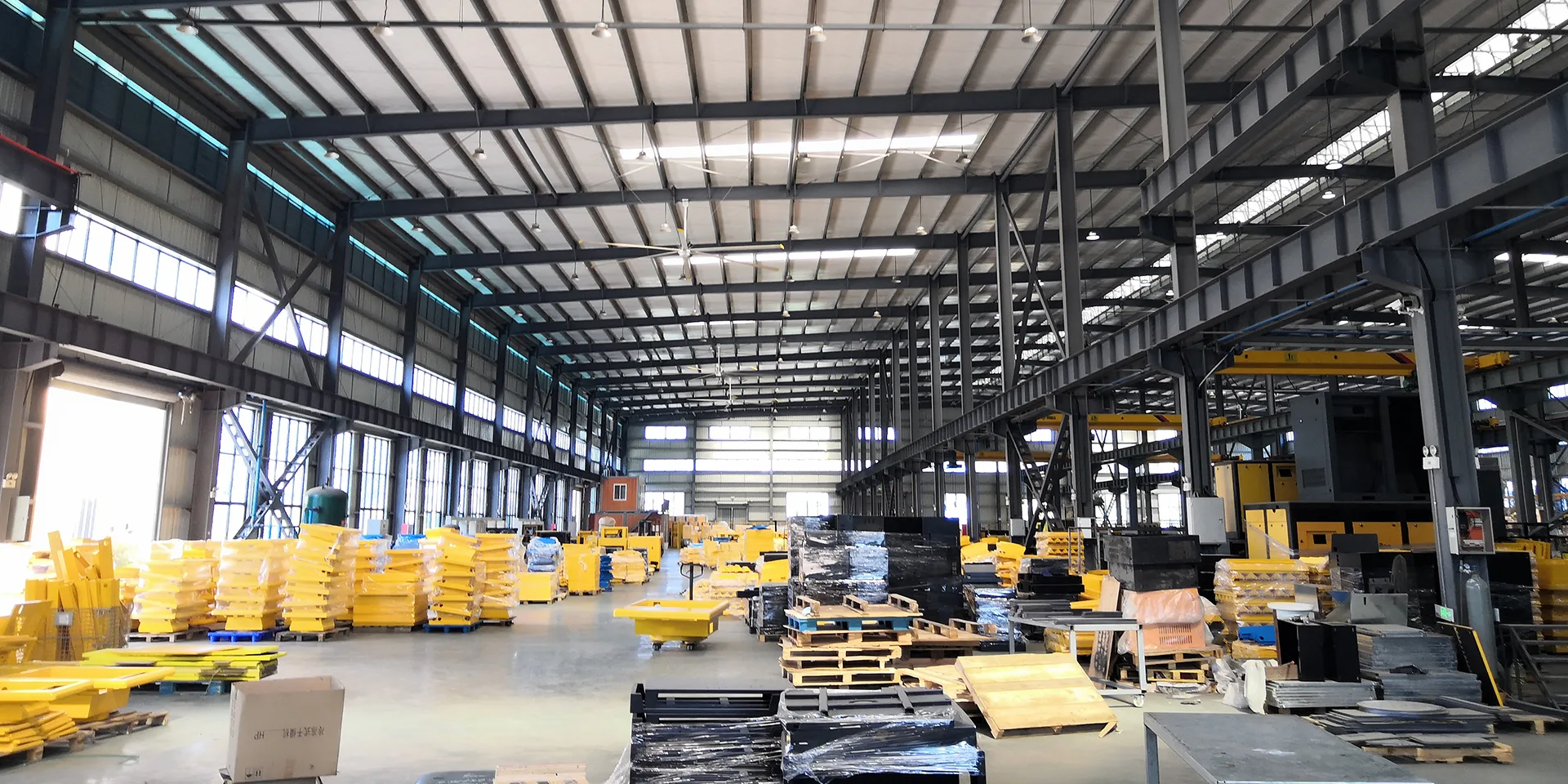News
2023-08-10
What are the common causes of serious compressor frosting

1. compressor return port frosting indicates that the compressor return gas temperature is too low, then what will cause the compressor return gas temperature is too low?
It is known that if the volume and pressure of a refrigerant of the same quality are changed, the temperature will behave differently, that is, if the liquid refrigerant absorbs more heat, then the refrigerant of the same quality will exhibit high pressure, temperature, and volume. Less so the pressure, temperature, and volume will be low.
That is to say, if the return air temperature of the compressor is low, it will generally show low return air pressure and high refrigerant volume of the same volume at the same time. The root cause of this situation is that the refrigerant flowing through the evaporator cannot fully absorb itself and expand to a predetermined pressure. The heat required by the temperature value causes the temperature, pressure and volume values of the return air to be relatively low.
There are two causes of this problem:
1. The liquid refrigerant supply of the throttle valve is normal, but the evaporator cannot normally absorb heat and supply the refrigerant to expand.
2. The evaporator absorbs heat normally, but the throttle valve has too much refrigerant supply, that is, too much refrigerant flow. We usually understand that there is too much fluorine, which means that too much fluorine will cause low pressure.
2., due to less fluorine, the compressor return air is frosted.
1. Due to the extremely small flow rate of refrigerant, the first expandable space of refrigerant will begin to expand after flowing out of the rear end of the throttle valve. Most of us see that the frosting of the liquid distribution head at the rear end of the expansion valve is often caused by lack of fluorine or insufficient flow rate of the expansion valve. If the refrigerant is too small, the expansion of refrigerant will not utilize the whole evaporator area, but will only form a low temperature in some parts of the evaporator, evaporator frosting.
After local frosting, due to the formation of a thermal insulation layer on the surface of the evaporator and the low heat exchange in this area, the expansion of the refrigerant will be transferred to other areas, and the phenomenon of frosting or freezing of the entire evaporator will gradually appear, and the entire evaporator will form a thermal insulation layer., So the expansion spreads to the compressor return pipe and causes the compressor return air to frost.
2. Due to the small amount of refrigerant, the low evaporation pressure of the evaporator leads to low evaporation temperature, which will gradually lead to condensation of the evaporator to form a heat insulation layer and transfer the expansion point to the compressor return gas, resulting in frosting of the compressor return gas. Both of the above points will show that the evaporator is frosted before the compressor return air is frosted.
In fact, in most cases, for the phenomenon of frost receiving, it is only necessary to adjust the hot air bypass valve. The specific method is to open the end cover at the rear of the hot air bypass valve, and then use the No.8 Allen wrench to turn the adjusting nut clockwise. The adjustment process should not be too fast. Generally, it should be paused for about half a turn. After the system runs for a period of time, it will be decided whether to continue the adjustment. After the operation is stable and the frost phenomenon of the compressor disappears, tighten the end cover.
For models below 15 cubic meters, since there is no hot gas bypass valve, if the frosting phenomenon is serious, the take-off pressure of the condensing fan pressure switch can be appropriately increased. The specific method is to find the pressure switch first, take off the adjusting nut of the pressure switch to fix the small piece, and then rotate it clockwise with a Phillips screwdriver. The whole adjustment also needs to be carried out slowly. Adjust it for half a turn to see the situation before deciding whether to adjust it.
3. frost on the cylinder head (in severe cases, frost on the crankcase) is always caused by a large amount of wet steam or refrigerant being sucked into the compressor. The main reasons for this are:
1. The opening degree of the thermal expansion valve is adjusted too large, the temperature sensing bulb is installed incorrectly or fixed loose, so that the temperature felt is too high and the valve core is abnormally opened.
The thermal expansion valve is a direct-acting proportional regulator that uses the superheat at the outlet of the evaporator as a feedback signal to compare it with a given superheat value to generate a deviation signal to adjust the refrigerant flow into the evaporator. It integrates the transmitter, regulator and actuator.
When the parameter measured by the transmitter deviates from the given value, the physical quantity of the transmitter changes and generates enough energy to directly push the actuator to move, and the position change of the actuator is proportional to the adjusted parameter.
Thermal expansion valve according to the balance of different ways, can be divided into internal balance thermal expansion valve and external balance thermal expansion valve two. The liquid refrigerant evaporates and absorbs heat in the evaporator. When it flows to the outlet of the evaporator, it has been completely vaporized and has a certain degree of superheat. The temperature sensing tube of the thermal expansion valve is closely attached to the outlet pipeline of the evaporator and senses the temperature of the evaporator outlet. If the liquid filled in the temperature bulb is the same as the refrigerant, the liquid pressure above the diaphragm of the thermal expansion valve is greater than the liquid pressure below the diaphragm, and the higher the temperature of the evaporator outlet, that is, the greater the superheat, the greater the liquid pressure above the diaphragm.
This pressure difference is balanced by the tension of the ejector rod and the adjusting spring under the diaphragm. If you change the tension of the adjusting spring, you can change the top force of the ejector rod, thereby changing the opening of the needle valve. Obviously, the evaporator superheat level will also lead to changes in needle valve opening. When the adjusting spring is adjusted to a certain position, the expansion valve will automatically change the opening of the needle valve according to the temperature of the evaporator outlet, so that the superheat of the evaporator outlet is maintained at a certain value.
The opening of the thermal expansion valve is adjusted too large, the temperature sensing bulb is installed incorrectly or fixed loosely, so that the sensed temperature is too high and the valve core is opened abnormally, causing a large amount of wet steam to be sucked into the compressor and causing frost on the cylinder head. The thermal expansion valve is used in conjunction with the adjustment of the superheat when the evaporator works.
If the superheat degree at the outlet of the evaporator is too large, the superheat section at the rear of the evaporator is too long, and the refrigerating capacity will be significantly reduced; if the superheat degree at the outlet is too small, it may cause compressor liquid hammer or even frost on the cylinder head. It is generally believed that the expansion valve should be adjusted to the evaporator outlet working superheat of 3 ℃ ~ 8 ℃.
2. When the liquid supply solenoid valve leaks or the expansion valve is not closed tightly, a large amount of refrigerant liquid has accumulated in the evaporator before starting. The temperature relay is used in combination with the solenoid valve to control the temperature of the reservoir.
The temperature sensing bag of the temperature relay is placed in the cold storage. When the temperature of the cold storage is higher than the upper limit of the setting value, the temperature relay contact is turned on, the solenoid valve coil is energized, the valve is opened, and the refrigerant enters the evaporator for cooling; When the temperature is lower than the lower limit of its setting value, the temperature relay contact is disconnected, the solenoid valve is closed, and the refrigerant stops entering the evaporator, so that the temperature can be controlled within the required range.
3. When starting the compressor, the suction cut-off valve opening is too large or too early.
4. When there is too much refrigerant in the system, the liquid level in the condenser is higher, and the condensation heat exchange area is reduced, which increases the condensation pressure, that is, the pressure before the expansion valve increases, and the amount of refrigerant flowing into the evaporator increases. The refrigerant cannot be completely evaporated in the evaporator, so the compressor sucks in wet steam, the cylinder head becomes cold or even frosted, and may cause "liquid hammer", and the evaporation pressure will be high.
We are always committed to providing energy-saving, efficient and high-quality products and services for the majority of users, synchronized with the world's advanced air compression technology, to provide continuous power for your enterprise.
Related News
Always adhere to the "quality of survival, innovation and development, customer satisfaction as the goal" business philosophy, to provide customers with high-quality mechanical and electrical products.
Quanzhou Zhongli Machine & Electric Co., Ltd.
After-sales service:
Address: No. 99 Pan Cuo, Hechi Town, Luojiang District, Quanzhou City, Fujian Province
Mailbox: sales5@zljdcn.com Jayden
Mailbox: sales7@zljdcn.com Echo
Mailbox: sales8@zljdcn.com Sini
Website: www.zljdcn.com





